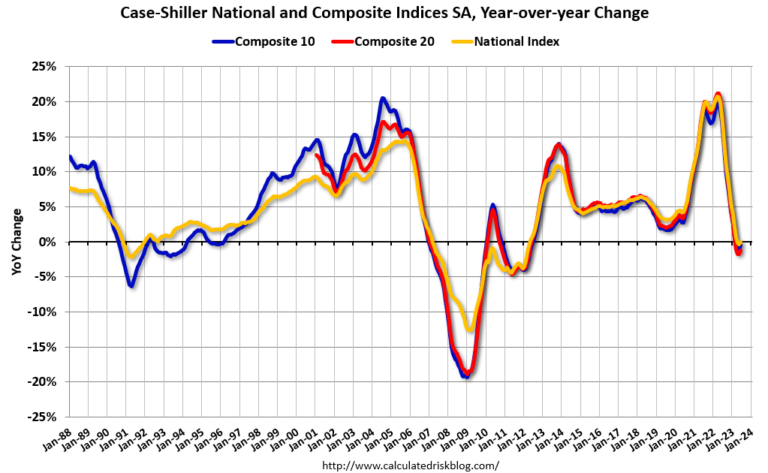The Future of the Used-Car Market: Opportunities and Challenges
The institutional retail used-car market in the United States and Europe is projected to bring in nearly $1.2 trillion in revenue in 2023.
Traditional used-car companies are facing new challenges as they navigate changing consumer preferences, supply-and-demand dynamics, and economic pressures in the post-pandemic environment.
To stay ahead of the competition, companies across the used-car value chain must embrace analytics and digital technology.
Geopolitical issues and supply chain challenges have caused a shortage of new and used cars, resulting in inflated pricing and higher margins.
However, demand is now under pressure due to factors such as inflation and higher interest rates.
Meanwhile, customers are increasingly conducting their car-purchasing journey online, relying on third-party websites to compare prices.
Digital-forward companies have emerged in the market, offering value-added services, omnichannel options, and digital financing.
To capture value in the used-car market, companies need to leverage data and analytics across the value chain.
Dealers can optimize sourcing and pricing strategies, allocate vehicles based on regional pricing, and improve decision-making and sales performance with real-time market data.
OEMs can identify high-performing features and optimize wholesale pricing based on market data.
Auto finance companies can use data to choose the right cars and determine the optimal configurations and contract length for leased vehicles to maximize residual value.
By embracing data and analytics, companies can increase margins, satisfy customer expectations, and improve overall performance in the used-car market.
Source: Data and analytics in the driver’s seat of the used-car market







